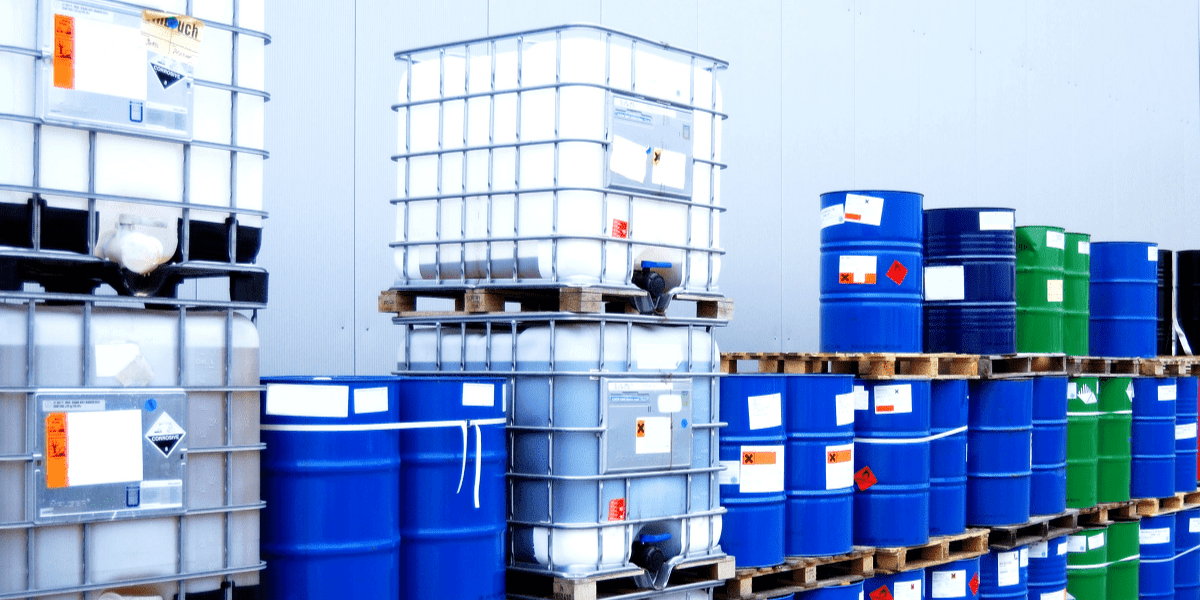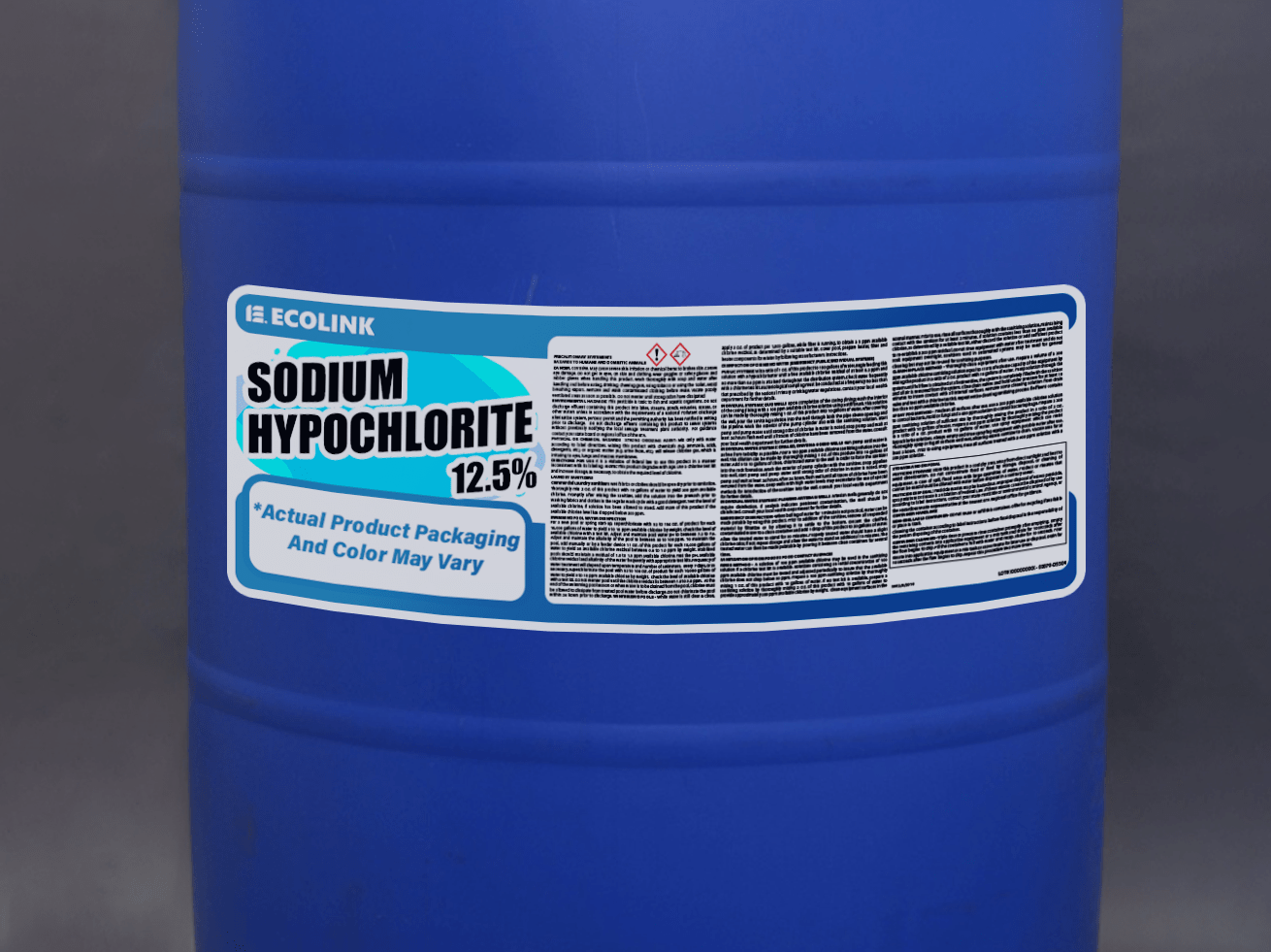Water is used often as a cheap, plentiful, and effective coolant in industrial settings. However, pumping large quantities through commercial...
Blog


CHEMICAL INDUSTRY NEWS
Chemical Chat – Discover What’s New!
Sodium Hypochlorite vs Chlorine
What is the difference between sodium hypochlorite vs chlorine? Sodium hypochlorite (the chemical name for bleach) is a toxic compound that is very...
Is Sodium Hypochlorite The Same As Bleach?
Is sodium hypochlorite the same as bleach? The chemical term for bleach is sodium hypochlorite. Perhaps a brief history of bleach is an appropriate...
Sodium Hypochlorite Disinfectant
Click here to Shop Sodium Hypochlorite! What is sodium hypochlorite disinfectant and why is it important? Sodium...
Sodium Hypochlorite vs Chlorine
What is the difference between sodium hypochlorite vs chlorine? Sodium hypochlorite (the chemical name for bleach) is...
Company News

Managed Services
Discover the Latest in Safe and Sustainable Chemical Solutions
Stay informed with Ecolink’s blog! Subscribe now
Chemical Management Information
Stay updated with us
Sign Up for the Latest Updates
Stay informed about chemical supply chain disruptions and emerging innovations to keep your business at the forefront of efficiency and innovation. Uncover new ways to make your business practices more sustainable by incorporating safer products into your cleaning lineup.


























